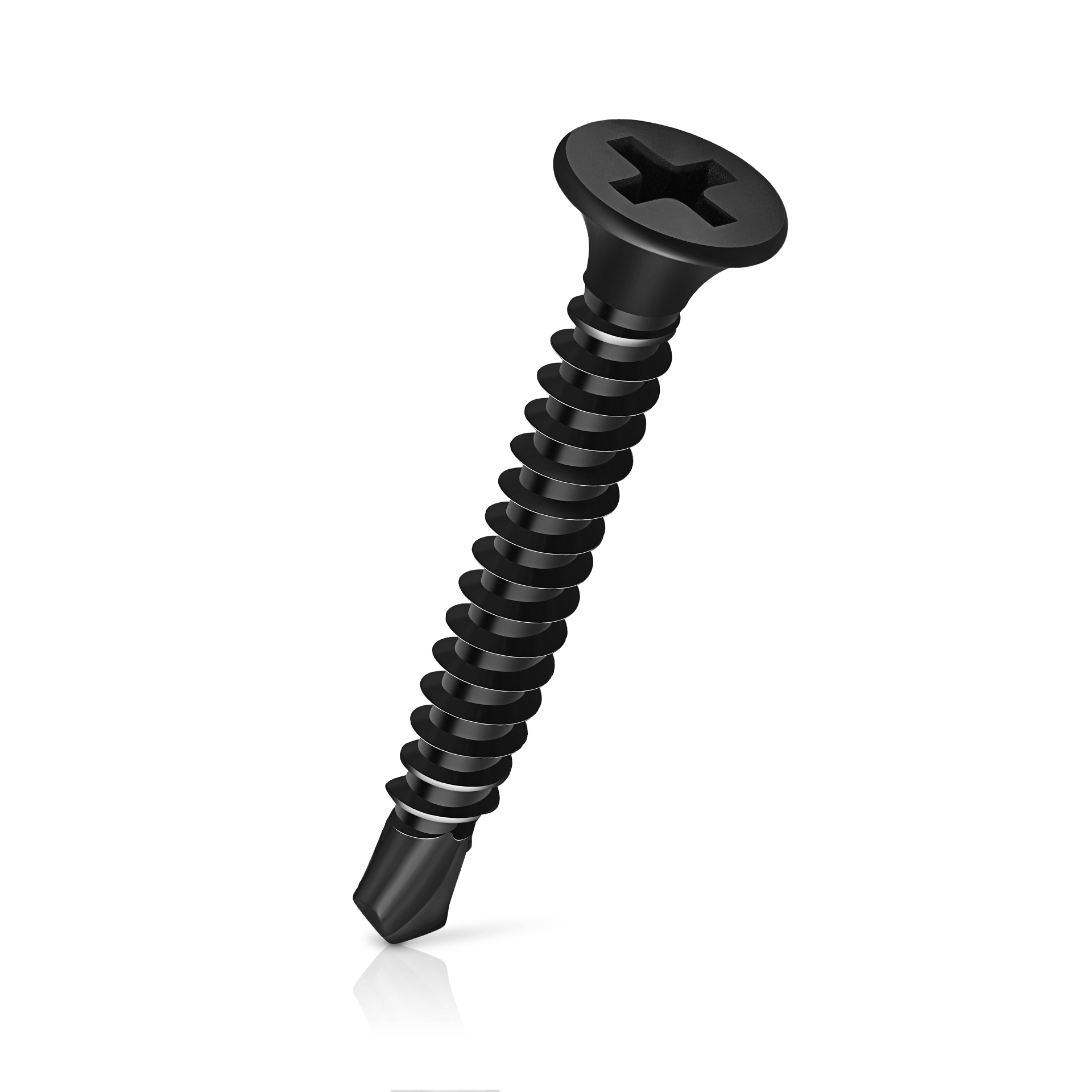Dimensions and Specifications for Best M6 Self Tapping Screws in Various Applications
Understanding Best M6 Self-Tapping Screw Dimensions
Self-tapping screws are essential fasteners in various industries, particularly in construction, automotive, and DIY projects. They are designed to create their own mating thread as they are driven into materials, offering significant advantages in terms of time efficiency and installation ease. When it comes to selecting the right self-tapping screw for a project, understanding its dimensions—especially for M6 self-tapping screws—is crucial.
What is an M6 Self-Tapping Screw?
An M6 self-tapping screw has a nominal diameter of 6 millimeters. The M format indicates that the screw conforms to the metric system, a standard that is widely adopted around the world. These screws can be made from various materials, including stainless steel, carbon steel, or even brass, which can affect their strength, corrosion resistance, and overall performance.
Key Dimensions of M6 Self-Tapping Screws
1. Diameter The most important measurement, the diameter refers to the thickness of the screw shaft. For M6 screws, the diameter is 6 mm. This dimension is critical as it determines the type of pre-drilled hole needed for effective installation.
2. Length M6 screws come in various lengths, typically ranging from 10 mm to over 50 mm. The correct length depends on the materials being fastened and the thickness of those materials. It’s important to choose a length that ensures sufficient engagement in the base material to obtain a strong connection without protruding excessively.
best m6 self tapping screw dimensions

3. Thread Pitch This refers to the distance between the threads on the screw. For M6 screws, the most common pitch is 1.0 mm. This measurement impacts how tightly the screw can grip the material, as finer threads may lead to a tighter fit while coarser threads can provide quicker installation.
4. Head Type M6 self-tapping screws can come with various head types, including pan, flat, and hex heads. The choice of head type affects the screw's drive style, aesthetics, and how it interacts with the surface it's installed into. For example, a flat head is suitable for flush installation, while a hex head allows for easy tightening with a wrench.
5. Material and Coating The material of an M6 screw plays an integral role in its performance. Stainless steel screws offer excellent corrosion resistance, making them ideal for outdoor applications. Coatings, such as zinc or black oxide, can also be applied to enhance corrosion resistance or to provide a specific aesthetic.
Applications
M6 self-tapping screws are versatile and can be used in a variety of applications. In construction, they are often used to secure metal sheets or fixtures to wooden or metal surfaces. In the automotive industry, they can fasten components to the frame or body of vehicles due to their strength and reliability. For DIY enthusiasts, M6 screws are ideal for assembling furniture or fixtures.
Conclusion
Selecting the right M6 self-tapping screw involves understanding its dimensions and how they relate to your specific application. Knowing the diameter, length, thread pitch, head type, and material can drastically affect the outcome of your project. By ensuring that the screw fits the material properly and provides the necessary strength, you can achieve professional results in your projects. Whether you're a contractor or a DIYer, familiarizing yourself with these specifications will help you make informed decisions and ensure successful installations.
-
Top Choices for Plasterboard FixingNewsDec.26,2024
-
The Versatility of Specialty WashersNewsDec.26,2024
-
Secure Your ProjectsNewsDec.26,2024
-
Essential Screws for Chipboard Flooring ProjectsNewsDec.26,2024
-
Choosing the Right Drywall ScrewsNewsDec.26,2024
-
Black Phosphate Screws for Superior PerformanceNewsDec.26,2024
-
The Versatile Choice of Nylon Flat Washers for Your NeedsNewsDec.18,2024










